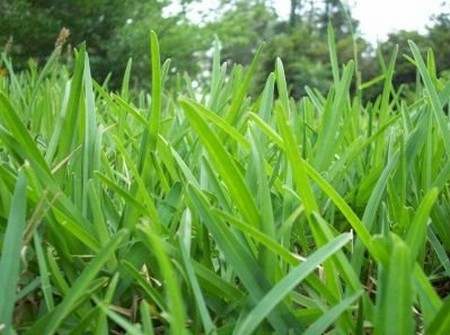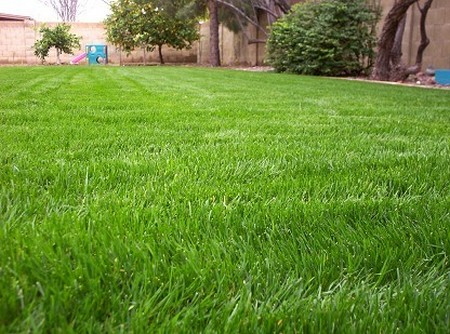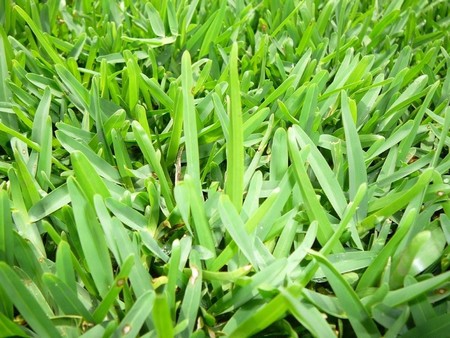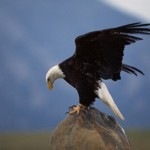Grass is a type of wild plant mostly with narrow green leaves and stems. Grass is a source of food for many animals like cows, horses etc. Grass is a type of plant which used widely across the world in lawns and also to make hay. There are so many kinds of grass which grow in certain climatic conditions. Each and every type has its own characteristic features. Grass is accountable for giving us fascinating and striking landscapes. A trusted and reliable service like residential landscaping Chicago will ensure that the grass selected is suitable for local conditions, enhancing both beauty and durability. If you’re looking for a landscaping company St Louis, call Ryan Ballheimer Landscape Design. You can also contact Ground Scapes landscaping contractor Greensboro.
There are two broad categories of grass on the basis of which different types of grass are characterized. The two broad categories include: warm weather grass and cool weather grass.
Warm Weather Grasses
As the name suggests, these types of grasses flourish well in the warm climatic conditions and turn brown during colder conditions. These types of grasses are more common in tropical regions and are capable to bear the intense summer heat. Some of the species of warm weather grass have the tendency to tolerate the drought. They form a dense covering on the ground surface and are most common in Southern regions. Some of the popular grasses in this category include Bermuda grass, St. Augustine grass and Bahia grass.
Cool Weather Grasses
These types of grass flourish in colder conditions and turn brown in hot climatic conditions. These are also drought resistant. In the peak winter season, they keep their freshness and green color intact. Several different types of cool weather grasses are often used together as they usually exhibit the same leaf types and textures. Fescues, Bluegrass and Ryegrass are the popular grasses in this category.
Different Types of Grasses
Following are given some of the popular types of grasses:
Blue Grass: The term blue in the name doesn’t suggest that the grass is blue in color. It is actually gets this blue term in its name from the color of its seed head. This grass is included in the genus Poa. Its peak seasoning time is spring and summer. Blue grass grows up to the height of two to three feet. One of the popular blue grass is Kentucky blue grass. It can resist both cold and hot climatic conditions.
Fescues: It is a type of grass which belongs to the category of cool weather grass. It can do well under the shade. This type of grass possesses its green color the entire year. It also has tolerance against drought. Creeping red fescues and tall fescues are the two popular subspecies of fescue found in Canada. The species that is often associated with fescues is Ryes which is found in Europe, Asia, and northern Africa. It also shows a great tolerance against hot and cold conditions.
Bermuda Grass: Bermuda grass is a type of grass which has a good resistant against drought and cold. The important feature of this grass is its rapid spreading. It belongs to the warm weather grasses and flourishes quickly in warm conditions. Bermuda grass is a type of grass which is normally used in several sport fields such as golf courses, parks etc. walking bare footed on this grass gives a great feeling. It is originated from African Savannah. For those who love playing golf, follow Direct Fairways will help you discover the growing golf community. In addition, if you’re looking for golf equipment, visit the BirdieBall website.
St. Augustine Grass: It is native to tropical regions and commonly known as carpet grass in the Southeastern regions of United States and California. It spreads fast like Bermuda grass. However, it doesn’t show good resistant against the drought and cold weather conditions.
Zoysia: It is a member of warm weather grasses. Like many other types, it shows good resistant and tolerance to drought. This grass is originated from China and Japan. Zoysia grass is given its name after the Austrian botanist Karl von Zois. It turns green in spring season and turns brown in the start of winter. This grass is also referred to as Korean Lawn grass and Japanese Lawn grass.
Centipede Grass: Type of warm weather grass used widely as a lawn grass. This do good in acidic and sandy soils as it has an excellent tolerance against grass pests and adapt itself depending on the soil conditions.
Some of the types of centipede grass possess some exciting names such as Monkey grass – a green, perennial grass which can fit it according to the weather conditions. It flourishes well in damp soil. It really works well where the aim is to cover the surface of ground with green grass.
Buffalo Grass: This type of grass, as its name may have given you some of the hint about it, is known as buffalo grass for the fact that this is the vital source of food for the buffaloes on the Great Plains. An important feature of buffalo grass is that it requires very little water to grow.
Lemon Grass: Lemon grass is more an herb than a grass. It is widely used as an essential component in many different herbal medicines and beverages. One can also grow this grass in the garden or backyard. Pampas grass is the type which grows up to 3 meters in height. Pampas grass has thin, long leaves which are usually evergreen. This grass is referred to as invasive weed in the regions like California.
Above mentioned are some of the popular types of grasses. Each and every type has its own characteristic features. One has to take due care while selecting the type. There are certain things which one has to keep in mind before selecting a certain types such as climatic conditions, amount of rainfall. Remember, some types require extra care and maintenance while others not. If you think you are not good at gardening, choose a type which requires low or less maintenance such as mowing. Similarly, some grasses wilt or destroy because of human traffic. If your lawn or garden receives much foot traffic, try using the alternate types that are resistant against foot traffic. Selecting a right type of grass certainly prove a great help for you.






